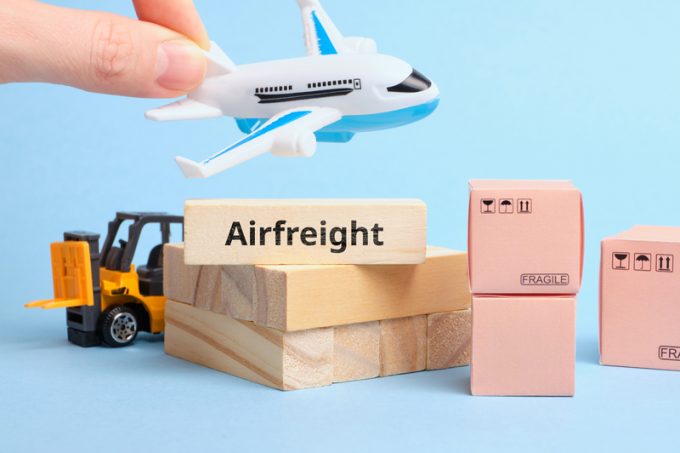Air cargo still flying high as capacity stays tight, but rates are slipping
It may be January, but faith in the air cargo sector continues to be high, ...

IATA flagged digitalisation, sustainability, safety and security as key focus areas for air cargo next year, during a media presentation at its head office in Geneva last week.
Although air cargo demand was up 3.8% in October, challenges persist. Economic volatility has brought inflation, a weaker trading environment, shifting currency rates and slower GDP growth. And concerns are growing on how China’s global supply chains will play out.
Brandan Sullivan, global head of cargo at IATA, said challenges were not mounting, but ...
Volcanic disruption at Anchorage could hit transpacific airfreight operations
Macron calls for ‘suspension’ – CMA CGM's $20bn US investment in doubt
Forwarders stay cool as US 'liberation day' tariffs threaten 'global trade war'
Shippers snap up airfreight capacity to US ahead of tariff deadline
De minimis exemption on shipments from China to the US will end in May
Tighter EU import requirements proving 'a challenge' for forwarders
Looming Trump tariffs will create 'a bureaucratic monster' for Customs

Comment on this article